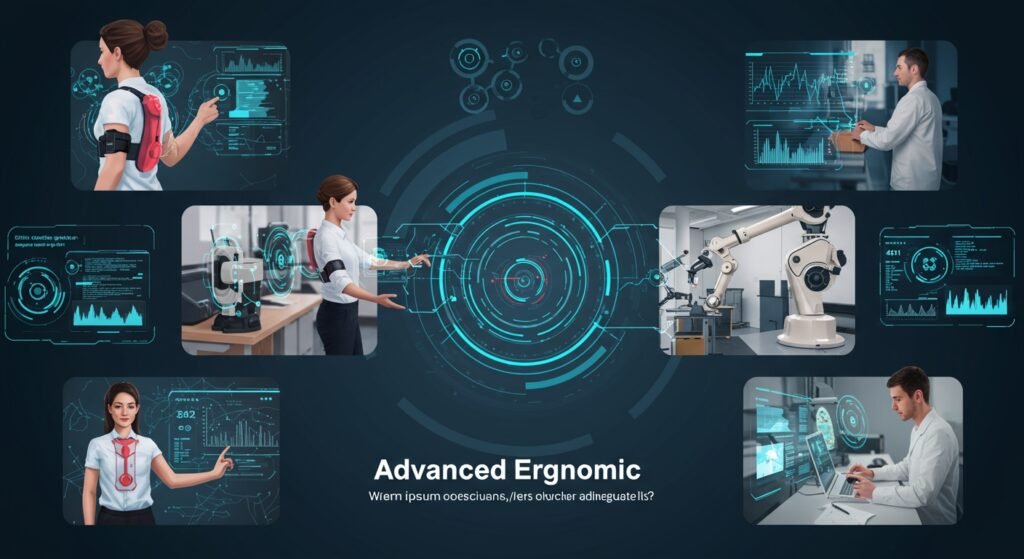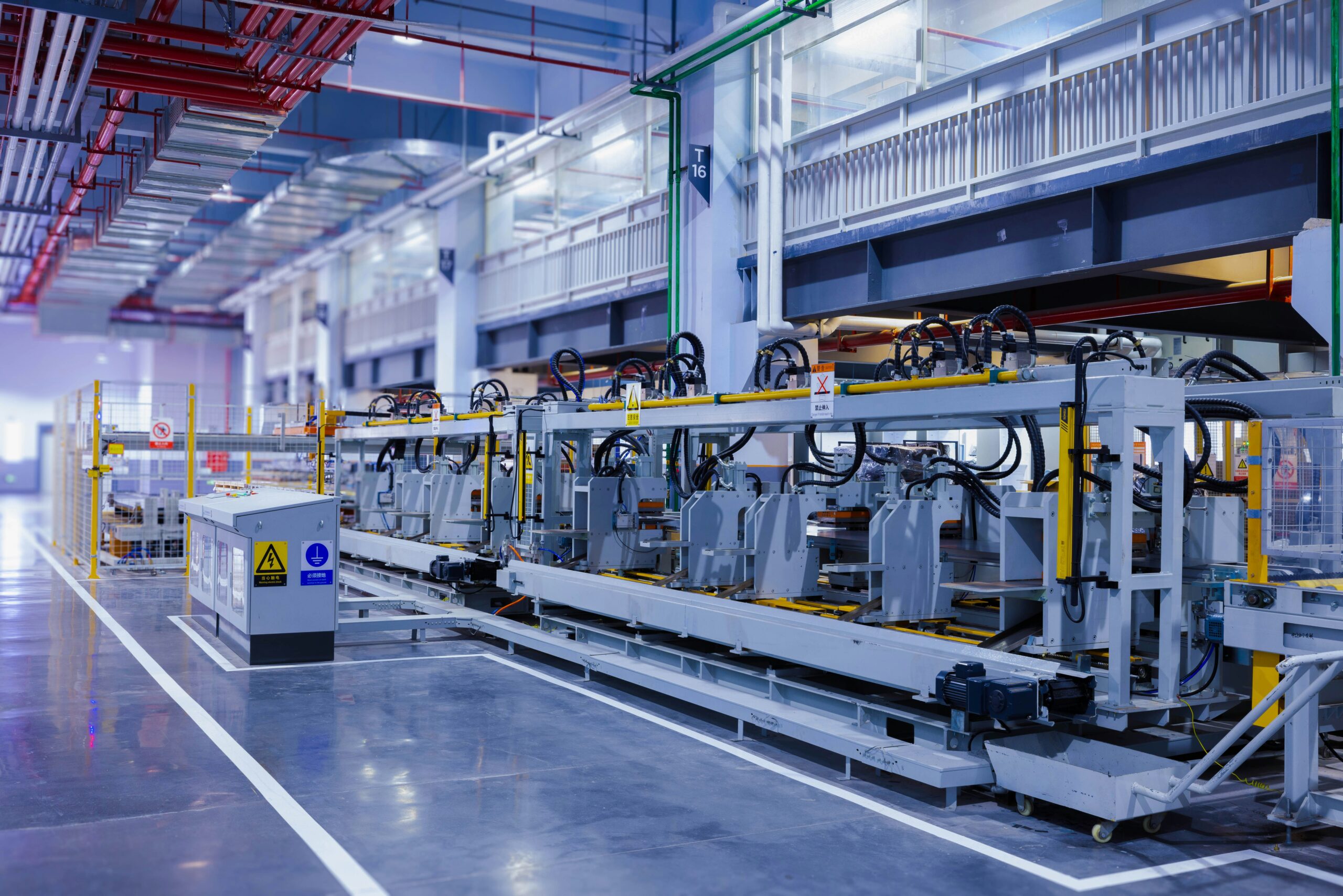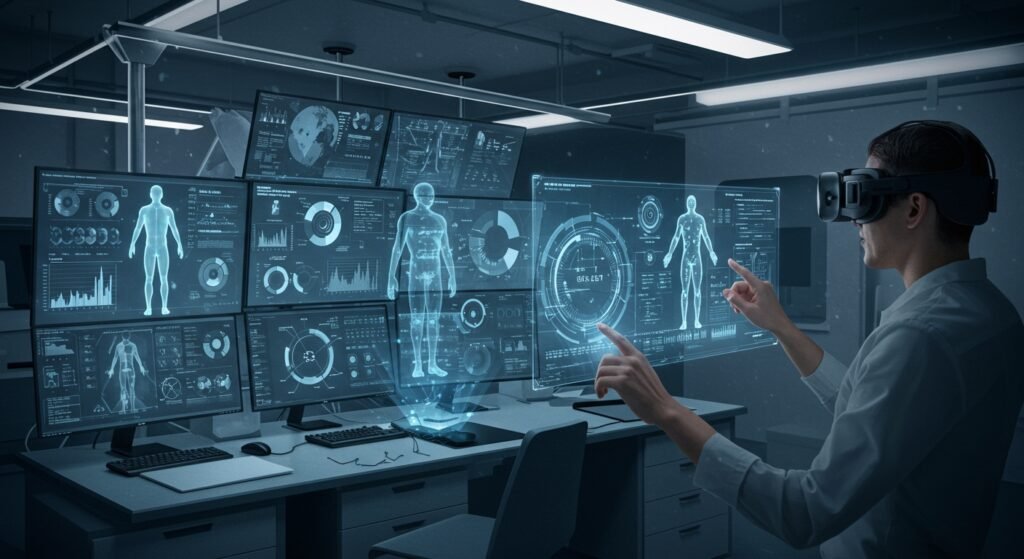New Frontiers in Ergonomics
The concept of ergonomics, the science of designing and arranging things people use so that the people and things interact most efficiently and safely, has evolved dramatically. We are now witnessing exciting New Frontiers in Ergonomics that are reshaping how we interact with our work environments. From traditional office setups to demanding industrial sites and cutting-edge healthcare facilities, the focus is shifting towards proactive, data-driven solutions that enhance not just physical comfort, but cognitive well-being and overall productivity.
Table of Contents
- The Evolution of Ergonomics: From Basic Comfort to Advanced Integration
- Emerging Technologies Driving New Frontiers in Ergonomics
- Ergonomics in Diverse Industries
- The Business Case for Advanced Ergonomics
- Challenges and Future Outlook
- Embracing the Future of Work with Ergonomics
The Evolution of Ergonomics: From Basic Comfort to Advanced Integration
Historically, ergonomics often conjured images of adjustable chairs and keyboard trays. While these fundamental tools remain vital, the field has expanded far beyond simple workstation adjustments. Modern ergonomics is a holistic discipline, recognizing that human interaction with systems involves physical, cognitive, and organizational aspects. It’s about optimizing the entire human-system interface.
Beyond the Office Chair: A Holistic Approach
Today’s ergonomic principles consider everything from the layout of a factory floor to the design of software interfaces and the management of workflow. The aim is to reduce fatigue, discomfort, and injury, while simultaneously improving productivity, efficiency, and job satisfaction across all sectors. This integrated approach ensures that design choices align with human capabilities and limitations, leading to more resilient and adaptable work systems.
Emerging Technologies Driving New Frontiers in Ergonomics
The digital revolution and advancements in artificial intelligence are propelling the New Frontiers in Ergonomics into exciting, previously unimaginable territories. These technologies are enabling a more personalized, proactive, and predictive approach to workplace design and human well-being.
Wearable Tech and Biometric Feedback
Wearable devices, equipped with sophisticated sensors, are revolutionizing how we monitor physical stress and performance. These devices can track posture, movement patterns, heart rate, and even muscle activity in real-time. This biometric feedback provides immediate insights, allowing individuals and employers to identify potential risks before injuries occur and make timely adjustments to tasks or environments. For example, a worker lifting heavy objects might receive an alert if their bending technique is incorrect.
AI and Predictive Ergonomics
Artificial intelligence is taking ergonomic analysis to the next level. AI algorithms can process vast amounts of data from wearables, environmental sensors, and historical incident reports to identify patterns and predict potential ergonomic hazards. This predictive capability allows organizations to implement preventative measures rather than reacting to injuries. AI-powered tools can also offer personalized ergonomic recommendations, adapting to individual body types, work habits, and specific tasks, thus creating truly human-centered design solutions.
Ergonomics in Diverse Industries
While often associated with office work, advanced ergonomic principles are being applied across a broad spectrum of industries, demonstrating their universal value.
Industrial Settings and Manufacturing
In manufacturing and logistics, the integration of robotics, exoskeletons, and smart tools is transforming physically demanding jobs. Robotic arms can handle repetitive or heavy lifting tasks, reducing strain on human workers. Powered exoskeletons provide support and strength amplification, enabling workers to perform tasks that would otherwise lead to musculoskeletal injuries. For more insights on workplace safety, see our article on Workplace Safety Innovations, which explores how technology is making industrial environments safer.
Healthcare and Patient Care
The healthcare sector, with its demanding physical tasks and long hours, is another critical area for ergonomic innovation. Adjustable patient beds, specialized lifting equipment, and ergonomically designed medical instruments reduce the physical burden on nurses and caregivers, minimizing back injuries and improving patient handling. Smart monitoring systems can also alert staff to patient movements that might pose a fall risk, enhancing safety for all.
The Business Case for Advanced Ergonomics
Investing in advanced ergonomics is not merely a cost center; it’s a strategic investment with significant returns. Companies that prioritize ergonomic design often see a measurable positive impact on their bottom line.
| Benefit | Description | Impact on Business |
|---|---|---|
| Reduced Injuries | Fewer musculoskeletal disorders (MSDs), strains, and sprains | Lower healthcare costs, reduced workers’ compensation claims, fewer lost workdays |
| Increased Productivity | Improved workflow efficiency, less fatigue, fewer errors | Higher output quality and quantity, faster task completion |
| Enhanced Morale | Employees feel valued, comfortable, and less stressed | Lower employee turnover, improved recruitment, stronger company culture |
| Regulatory Compliance | Meeting and exceeding safety standards and regulations | Avoidance of fines, legal issues, and negative publicity |
These benefits contribute to a healthier, more engaged workforce and a more robust, competitive business.
Challenges and Future Outlook
While the prospects are exciting, integrating these new ergonomic solutions comes with challenges, including upfront investment costs, data privacy concerns regarding biometric information, and the need for continuous training and adaptation. However, the trajectory is clear: ergonomics will become increasingly integrated with broader technological ecosystems.
The future of ergonomics points towards hyper-personalized workspaces, real-time adaptive environments, and predictive analytics that anticipate human needs before they even arise. This will lead to workplaces that are not just safe and efficient, but genuinely supportive of human flourishing. Learn more about global ergonomic standards on the International Ergonomics Association website.
Embracing the Future of Work with Ergonomics
The New Frontiers in Ergonomics offer a compelling vision for the future of work. By embracing technological advancements and a holistic understanding of human interaction, organizations can create environments that are not only productive and compliant but also profoundly beneficial for the well-being of their most valuable asset: their people. The journey ahead promises smarter, safer, and more satisfying ways to work.


